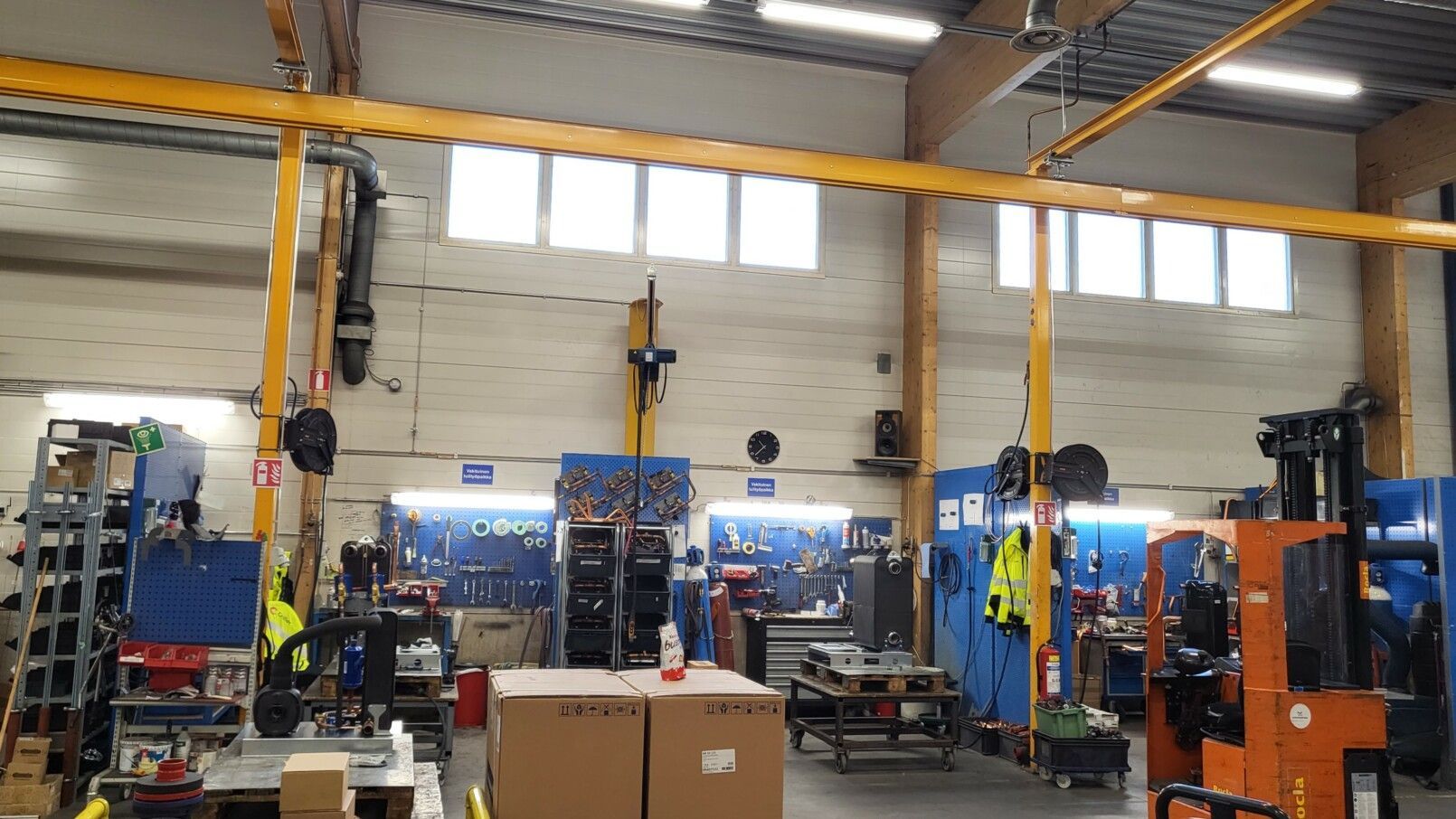How to Grow Your Manufacturing Business by at Least 300%
How to Grow Your Manufacturing Business by at Least 300%

We have seen a lot of manufacturing companies. Here we tell, from watching our customers, how to grow your business by at least 300%.
Let’s assume that you have a manufacturing company that has been running for some years and has a turnover of £2 to £5 million.
You are not a start up any more. You know your customers and your products are reasonably well defined and bedded in. Perhaps you are not spending much on marketing, but you believe in your market and know that there so many more possibilities than you are using now.
How can you get this company to grow by multiples, and still without moving to a larger factory and needing to employ more people in direct ratio to the growth?
This article is based on some of our real world customers, and tells how they have done it.
Move to 3D CAD and get an ERP system installed.
These are the basics. If they are not in place yet, then this is where to start. 3D CAD gives you control over the bills of materials of your products as you design them. It enables you to do configurable products if that is part of your business plan. ERP gives the basics of connecting the functionality of sales, purchasing, warehousing, production and invoicing in one system. There should be a realtime flow of information regarding order books, stock and component availability and production status and planning. Order books and inventory should be correct in real time.
If you product is customisable, get a proper configurator, quote management and PDM system
Companies that can configure their products have the edge with customers because they can provide exactly what the customer wants, and with a delivery time shorter than making it fully to order. However this only works if the process can work quickly enough even if it starts to get quite complicated. There are various forms of configurator, for instance Manu Online features one. However a commercial configurator with quote management and after sales product data management will enable you to manage building an installed base of thousands of products.
Variantum is an example of a company that provides cloud tools for managing configured products.
Separate the warehouse from production and get a WMS to pick kits to work orders
Production can be very streamlined if the kits of items needed for work orders are prepared outside of the manufacturing area or even in a separate building. If your warehouse is going above about 5 people picking, then consider getting a dedicated Warehouse Management System integrated into your ERP. This will automate the receipt and collection of items from shelves. The ERP will manage the planning and execution of purchasing but the WMS will automate the work for the guys that need to get it onto the shelves and then back out production area.
Use paternosters to automate pick of in production WIP
Some items will not naturally go to an external Warehouse because they are low value, high usage. Consider installing a paternoster near to production to minimise the space needed for storage and automate the picking of these items. A paternoster basically an electric shelving system that can automate the serving of items according to demand from production.
Sort out a powerful after sales service process
If there is machinery at customers, make servicing a revenue stream. Sell warranty extensions and on-site service. If possible put remote diagnostics on the machines and monitor them for your customers.
Speed up poduction and improve qualtity by getting an MES to do detail scheduling of work orders and DAC
Work order based systems from the ERP can plan the routing and materials on work orders. However a Manufacturing Execution System will handle the detailed planning of who does what, and when to a minute level. MES systems are always integrated to the company ERP system and receive work order and material status from there to run their planning algorithms. The MES will also collect data back as to how production is going, either from data entry terminals on the shop floor or, even better from direct machine integration (Data Acquisition & Control) measuring through put.
Mestec is an example of a company that provides cloud systems for Manufacturing Execution Systems
It’s all about the cloud
Cloud computing is not all about having screens in browsers (although that is important as well). Cloud system providers have developed proper tools for connecting their servers together to provide real-time data flows that automate the operations in manufacturing companies. This is what is important.
How true is all of this?
One of the cases that influenced this article is Chiller. They grew by much more than 500% depending on the time period. For more than a decade they have had a steady strategy of implementing cloud systems in their business. Of course with steady improvements in the details of production process and product design. But here is the thing: they are still in the same factory and with the same basic products.
